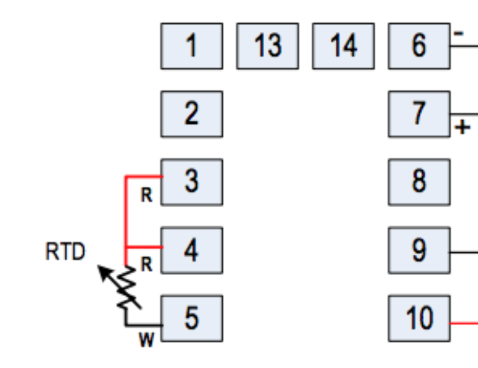handbrewing
Member
I current have a 2 position switch in a 50amp controller that switches two elements on or off. I would like to change it to 3 position so I can switch from OFF position to 1 element ON position or to both elements ON position.
Can I do this?
My current system is run on a single 80A SSR to one 63A contactor then split to two 32A breakers.
Do I need to change to 2 SSRs to have this ability?
Any wiring diagram would be awesome as I was having trouble finding one for this setup.
Can I do this?
My current system is run on a single 80A SSR to one 63A contactor then split to two 32A breakers.
Do I need to change to 2 SSRs to have this ability?
Any wiring diagram would be awesome as I was having trouble finding one for this setup.



